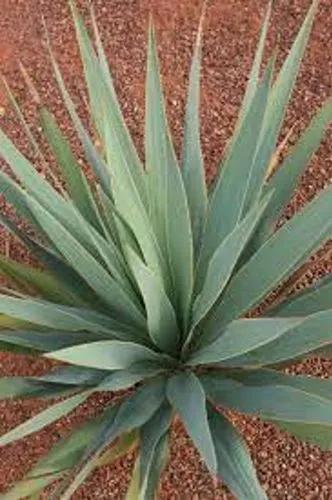The Ligustrum is also referred to as a Glossy Privet or Chinese Privet since, in its natural form, this evergreen shrub can grow up to 30 feet in height and is used extensively as a great landscape plant. Native to China and Eastern Asia, the Ligustrum is now grown ornamentally in the United States. It has white puffy flowers during the late spring and early summer and small blue-black berries in the fall. The berry of the Ligustrum has been used as a "yin" tonic in traditional Chinese medicine for a wide range of conditions, including premature aging, ringing in the ears, chronic toxicity and several other medicinal purposes.
Broad-leaf Privet Care
Ligustrum Lucidum



Invasive in all moist habitats (especially in Australia).
How to Care for the Plant

Water

Privets are tolerant of drought, but a schedule of regular watering is necessary for optimal growth.

Pruning

Privets are fast growers, so constant trimming will be needed throughout the growing season. It is advisable to prune new shoots back to only two leaves in each group of leaves that emerge. Cut away nutrient-sapping root suckers as they appear. Any major pruning should occur early in the spring, before the emergence of new growth. Roots respond well to trimming.

Fertilizer

It is best to use a nitrogen-rich fertilizer to feed the tree every two weeks from spring to early-summer, then once each month thereafter.

Sunlight

Privets are hardy and highly-adaptable, and while they prefer full sun, they will also grow successfully in full shade.

Soil

Suitable for: light (sandy), medium (loamy) and heavy (clay) soils and can grow in heavy clay soil. Suitable pH: acid, neutral and basic (alkaline) soils.

Temperature

Plants are hardy to about -15°c

Additional

The fruit is mildly toxic. Although no other reports of toxicity have been seen for this species, it is quite probable that other parts of the plant also contain toxins

Popularity

2,544 people already have this plant 320 people have added this plant to their wishlists
Discover more plants with the list below
Popular articles






